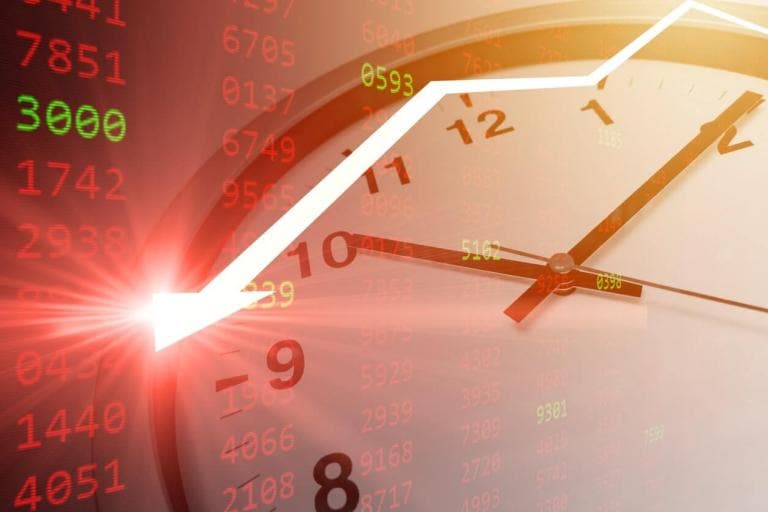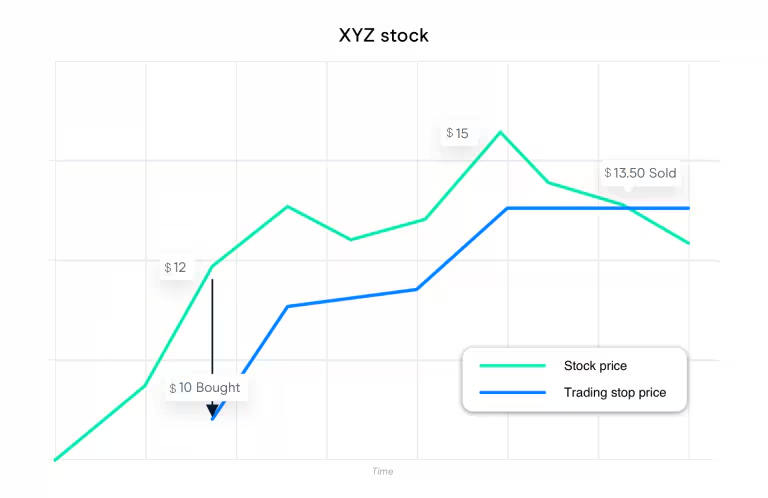When to use a trailing stop-loss
Using forex trading as an example, a trailing stop-loss may be useful when trading a particularly volatile currency pair, which has erratic price moves. However, it’s important to remember that higher levels of volatility may result in your stop-loss being triggered early on.
This is why the placement of the trailing stop-loss is very important, and the historical performance of the stock and market conditions should be taken into consideration. It’s important to look at the volatility of the market over an extended period of time, as well as how it behaves on a daily basis. Placing the stop-loss too close to the market price may result in an early exit, whereas setting it too far away would mean risking more capital.
If you’re going long (placing a buy trade), then the trailing stop needs to be placed below the market price. If you’re going short (selling), then your trailing stop-loss will be placed above the market price.
In order to exit a trade at an exact price, rather than the next available market price, you would need to set up a guaranteed stop-loss order. This is a useful way to avoid slippage.
Test your trading risk-free when you open a CMC Markets demo account.
Trailing stop-loss strategy
Trailing stop-loss placement is usually specified by setting a price the desired distance away from the market price, in line with how much capital you’re willing to risk on the trade. The stop-loss will then remain this distance from the market price while the price moves in your favour. The stop-loss moves in line with favourable price moves automatically.
Some traders may choose to use a regular stop-loss in a similar way to a trailing stop, by moving it manually themselves whenever they see the market price move in a favourable direction.
Some traders may also decide to use technical indicators to guide their trailing stop placements. For example, they could use Average True Range (ATR) to understand how much the instrument they want to trade moves over a given timeframe. This gives them an indication as to how much fluctuation in the price they can expect over the course of the trading day. However, any significant unexpected volatility, such as that caused by breaking news, wouldn’t be taken into account.

